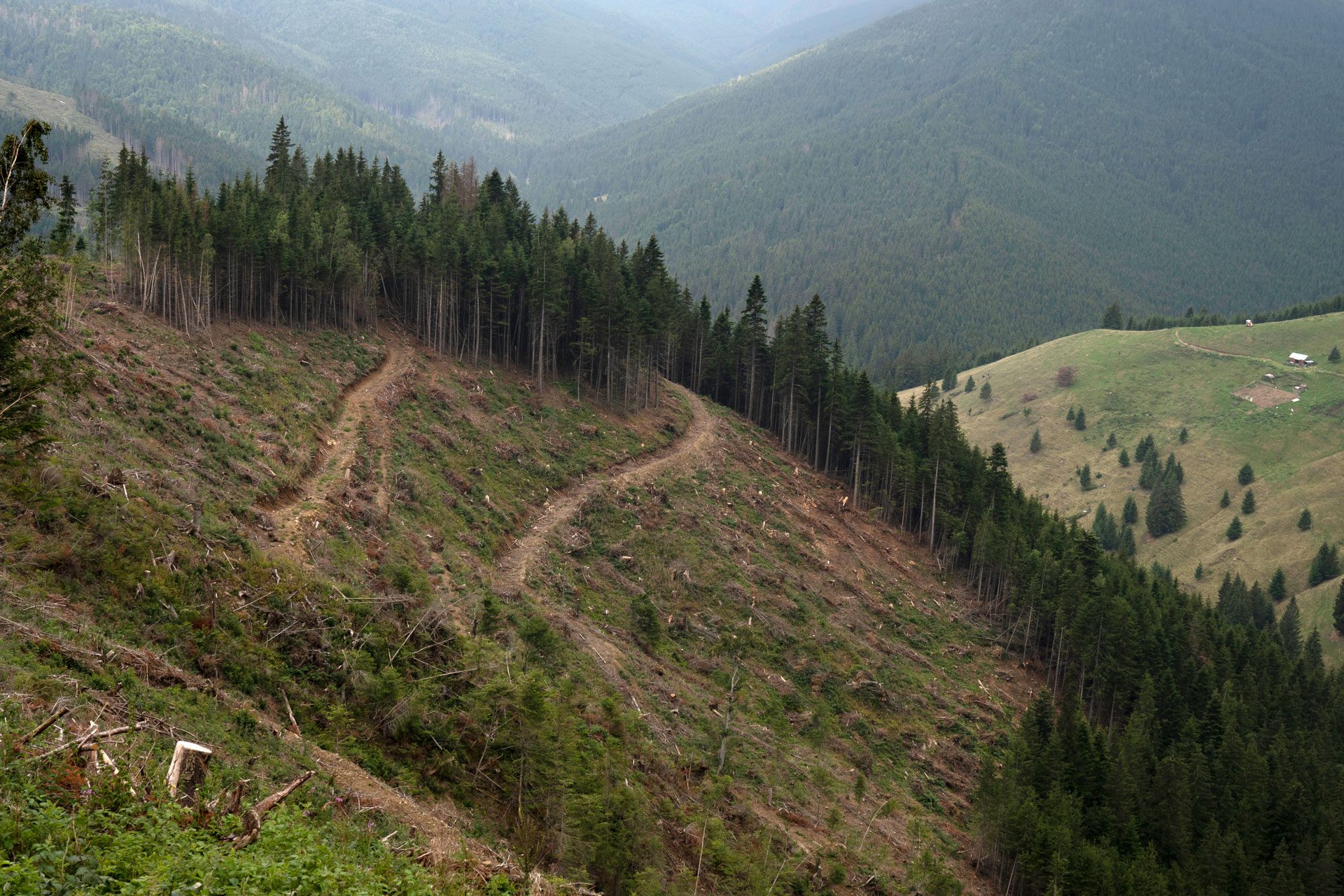Wood is now Europe’s largest renewable energy source, far ahead of wind and solar. Forests in Finland and Estonia are the source of so much logging that government scientists consider them major carbon emitters.
The European Union (EU) scientific research agency said last year that burning wood released more carbon dioxide than would have been emitted if that energy came from fossil fuels, The New York Times (NYT) reported.
The EU has been a leader in setting green policies. Still, it is also racing to find energy sources as Russia significantly reduces the amount of natural gas it sends to the region in response to EU sanctions, as reported by The Dallas Express.
While trees can be replanted, it can take generations for a growing forest to reabsorb the carbon dioxide from burned wood.
Forests in Finland and Estonia, once regarded as crucial assets for reducing carbon emissions from the atmosphere, are now the source of so much logging that government scientists consider them carbon emitters. Last month, Hungary’s government waived conservation rules to allow for increased logging in old-growth forests.
“People buy wood pellets thinking they’re the sustainable choice, but in reality, they’re driving the destruction of Europe’s last wild forests,” David Gehl of the Environmental Investigation Agency, a Washington-based advocacy group that has studied wood use in Central Europe, told NYT.
Next week, the European Parliament is scheduled to vote on a bill that would eliminate most industry subsidies. The bill would prohibit countries from burning whole trees to meet their clean energy targets.
Only energy from wood waste like sawdust would qualify as renewable and thus be eligible for subsidies. Several European governments say that now is no time to meddle with the energy industry.
Internal documents show that Central European and Nordic countries, in particular, are pushing hard to keep the wood subsidies alive. Latvia has warned that this could have a “potential negative impact on investment and businesses,” and Denmark argues that such decisions should be left to the governments of each country.
Although logging is not forbidden in Europe’s protected forests, governments must conduct environmental assessments to ensure land is being conserved.
Experts from the Environmental Investigation Agency spent nearly a year hiking into some of the continent’s oldest forests and attaching tracking devices to trees, working with a loose network of forestry conservationists.
The New York Times reported that the agency documented clearcutting and tracked the trucks moving in and out of ecologically sensitive forests.
They scraped government truck tracking data and followed trees from natural parks and conservation areas to wood mills. They have connected loggers to companies that sell wood pellets as a carbon-neutral fuel.
They discovered that stealing Europe’s last remaining wild forests to make pellets has become a common practice in Central Europe.







Just think, the good ol’ USofA, setting on ALL that CLEAN BURNING natural gas, and we can’t use it for ourselves. Much less share it with our friends.